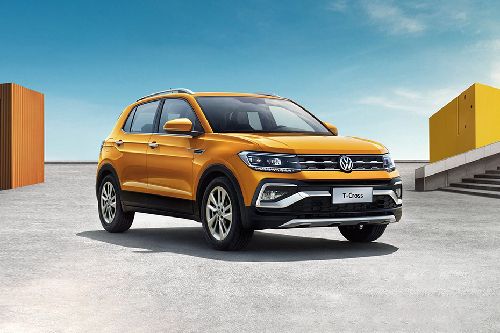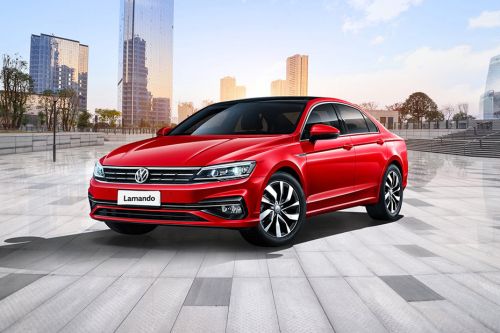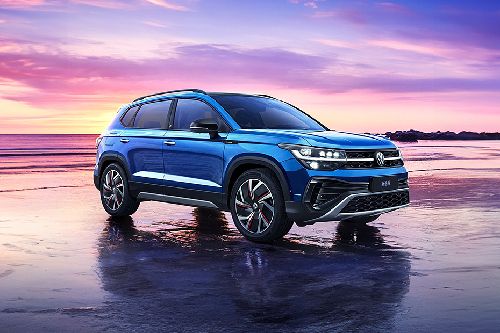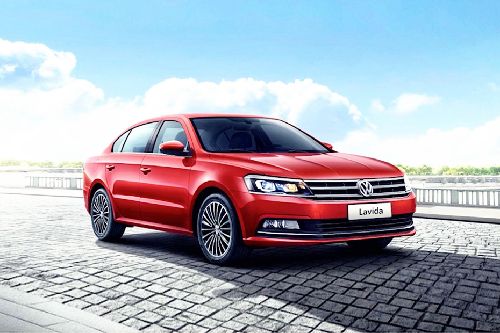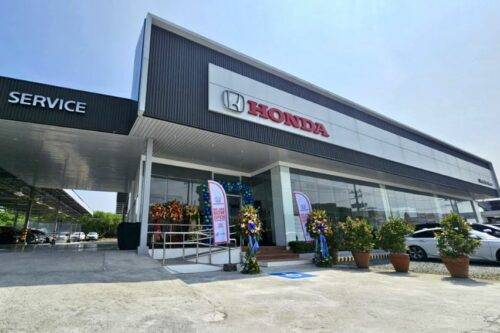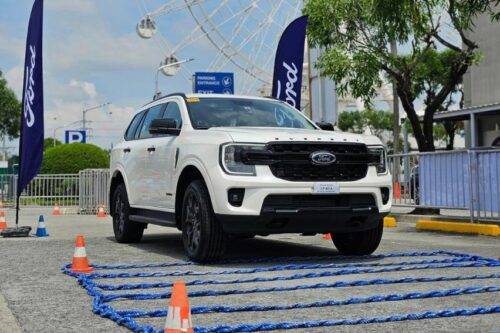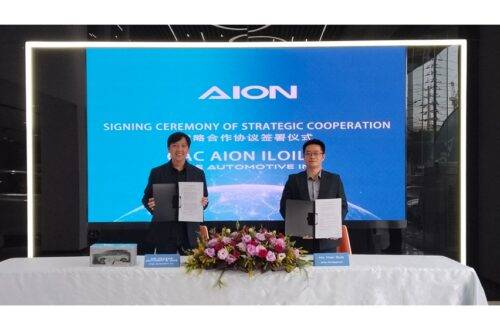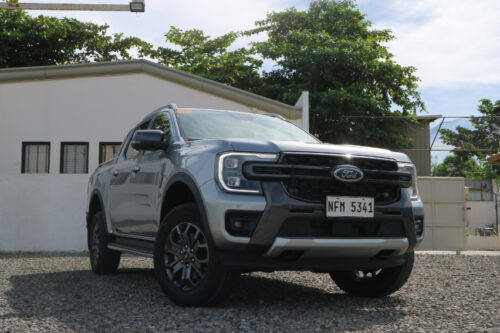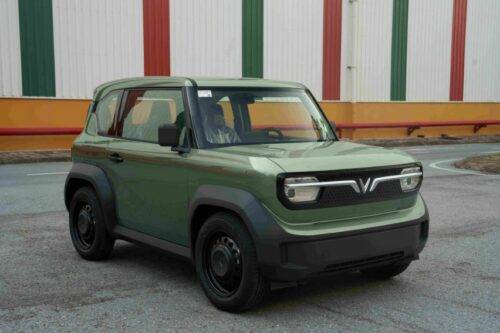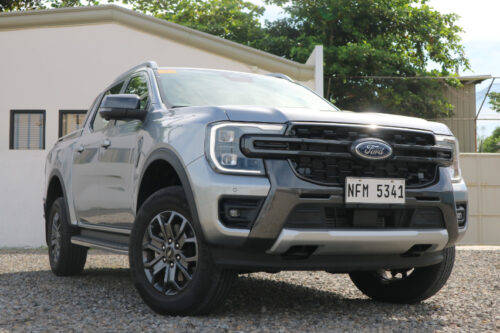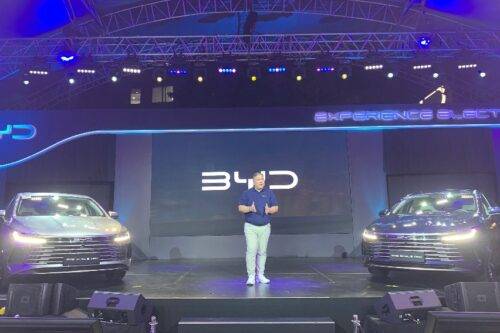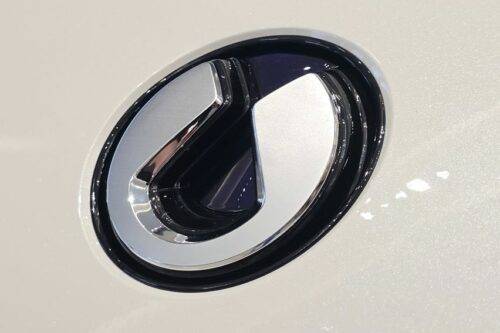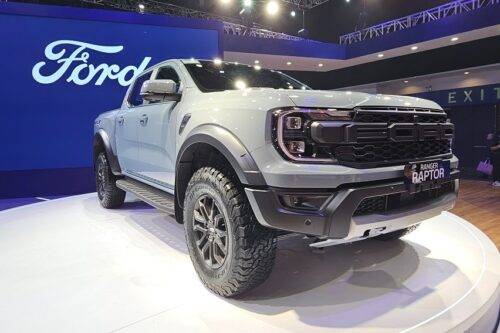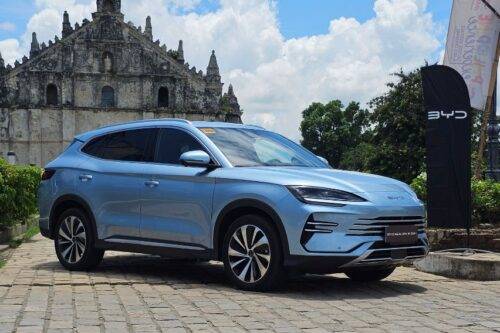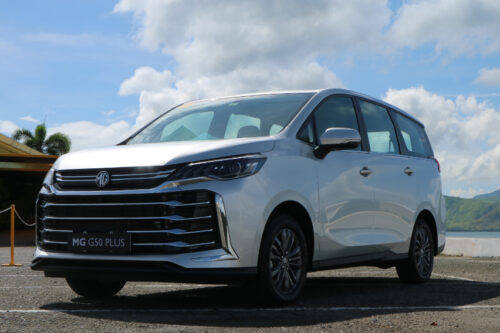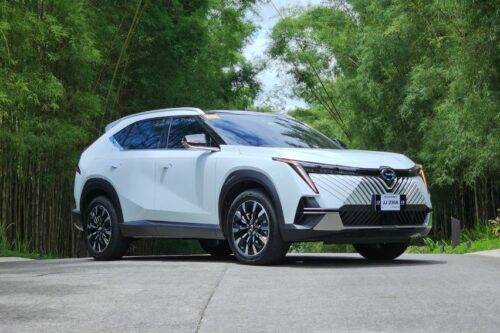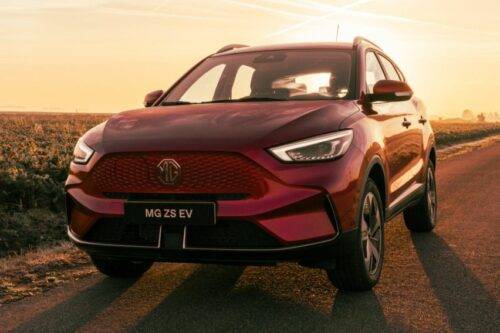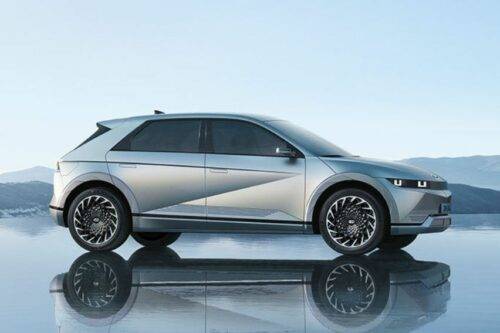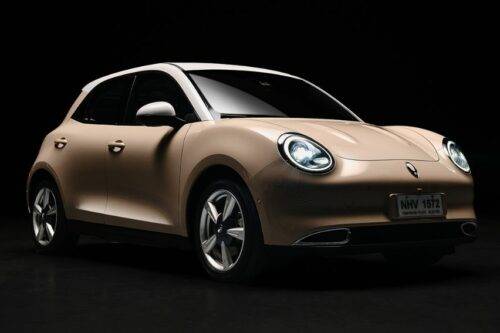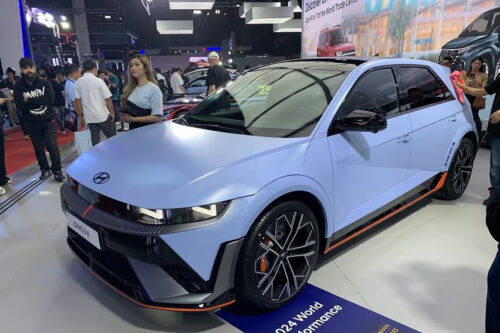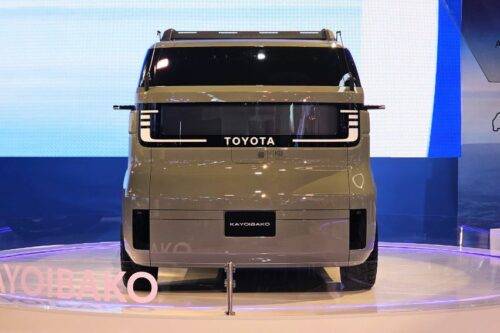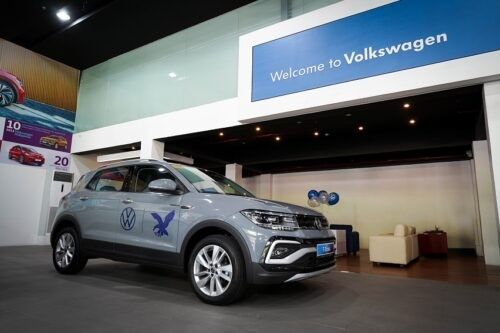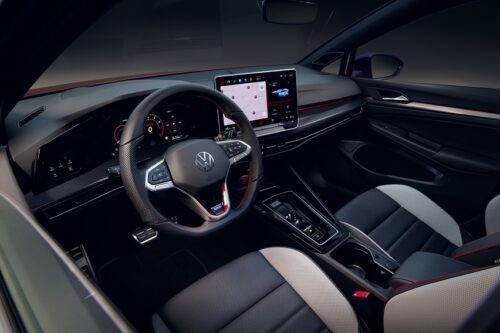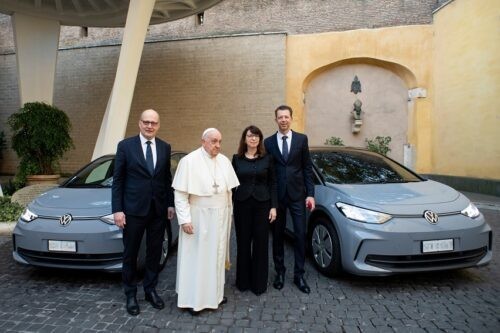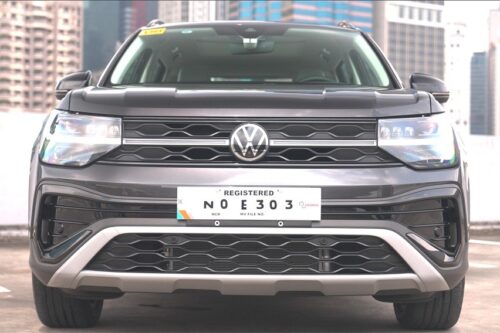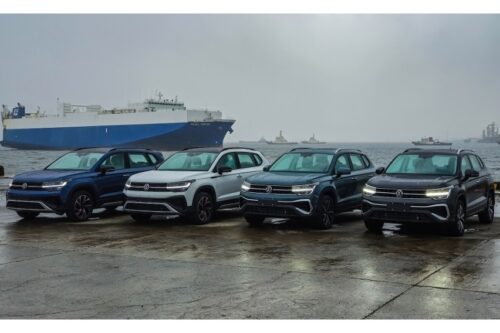The 1972 electric Volkswagen T2 Bulli is the inspiration behind ID. Buzz
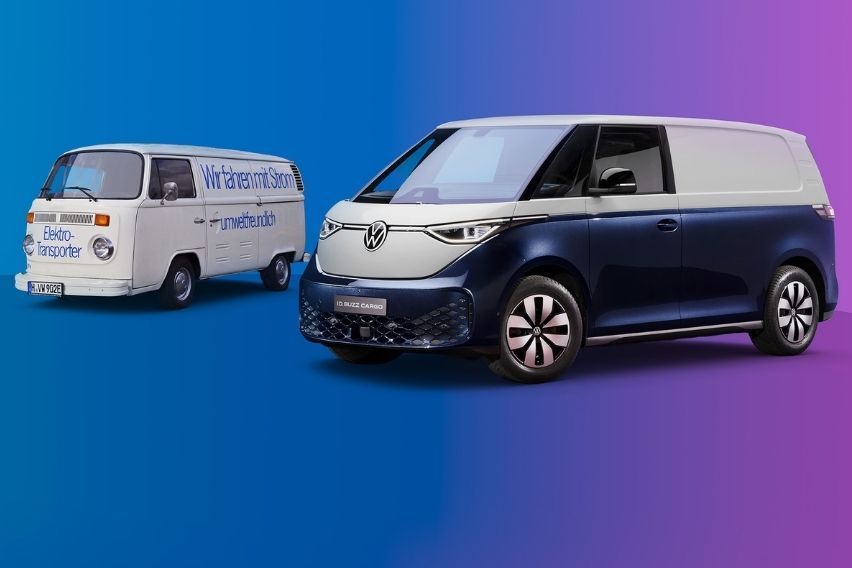
MANILA: In 1972, Volkswagen unveiled a prototype T2 Bulli with an electric powertrain in the rear. This 50-year-old dream becomes a reality with the introduction of the new Volkswagen ID. Buzz.
KEY TAKEAWAYS
What was the battery capacity of the first Volkswagen T2 prototype?
The first Volkswagen T2 prototype's 880kg battery had a 21.6kWh capacity.What major automotive trends are incorporated on the new Volkswagen ID. Buzz?
The Volkswagen ID. Buzz is innovative and versatile, combining today’s major automotive trends: electromobility, intelligent networking of assistance and information systems, technical prerequisites for automated driving, and over-the-air software updates.The first electric drive systems for Volkswagen were designed by former Future Research Department Head Adolf Kalberlah in 1970, laying the groundwork for the all-electric ID. Buzz. Two years later, the T2-based Bulli was shown as a prototype.

The first T2 prototype, a flatbed truck with an open loading area, weighed 2.2 tons and was equipped with an 880-kg battery with a 21.6kWh capacity. The new ID. Buzz, on the other hand, has a battery capacity of 7 kWh yet weighs only 500 kg.
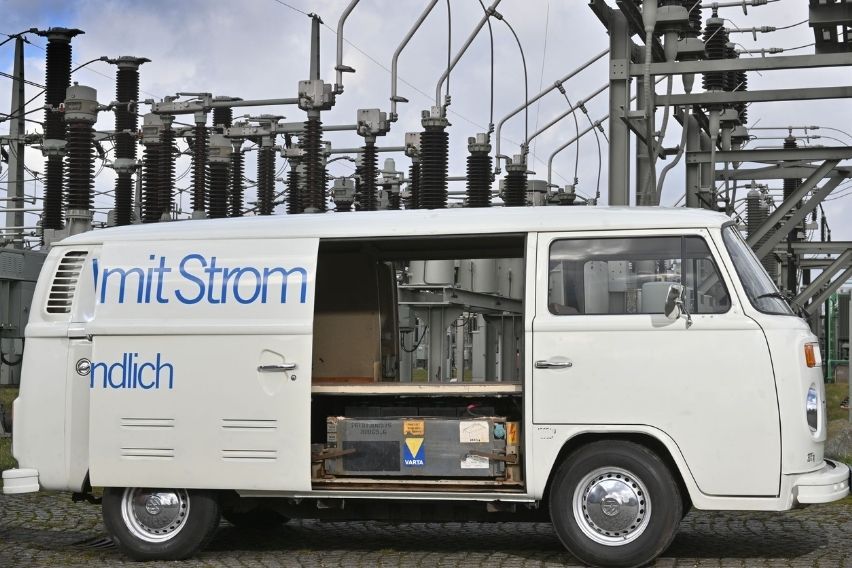
Because the electric T2 was built on the same foundation as the conventional T2, installing the battery in the vehicle's underbody was challenging. The battery was instead installed on the loading floor, where it could be withdrawn if necessary. The ID. Buzz, on the other hand, is built on Volkswagen's Modular Electric Drive platform (MEB) and has a completely new architecture. This allows the battery package to be installed deep and flat in the "sandwich floor," resulting in a lower, more dynamic center of gravity that provides responsiveness, safety, and driving satisfaction while also providing additional interior space. With the absence of a front-mounted motor, the ID. Buzz, like the T2, has a very tight turning radius, making it perfect for maneuvering through congested city streets or parking areas.
The T2 electric van had an 85-kilometer range, but instead of recharging it, Volkswagen designed an innovative battery replacement system. Seven T2s were trialed in a fleet test in Berlin, Germany in 1978, with a changing station in the Tiergarten district. Engineers were able to replace an empty battery with a fully charged one in just five minutes, reducing the time it would have taken to charge the battery by several hours.
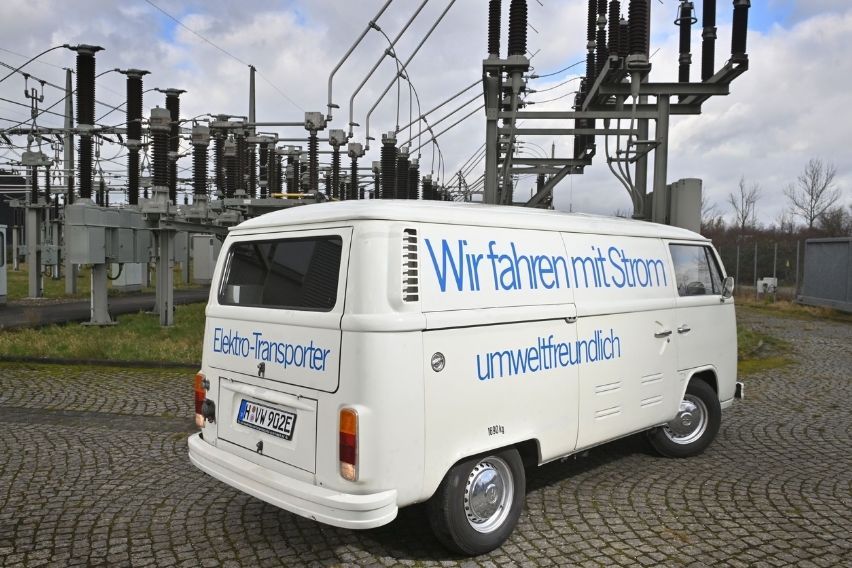
Because of substantial advancements in charging capabilities, the notion of battery replacement is no longer used. At fast-charging stations, the ID. Buzz has a maximum charging capacity of 170kW, which means batteries can be charged from 5% to 80% in around half an hour.
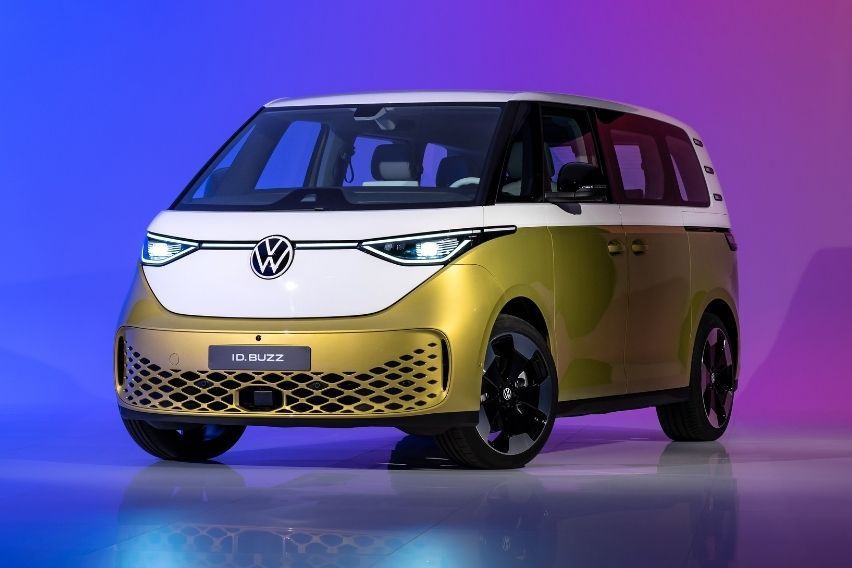
Volkswagen was already ahead of the game in terms of energy management in the 1970s. The energy recovery system on the T2 electric van collected kinetic energy during braking and used it to charge the battery. This was a technological feat at the time, but it is now taken for granted. While the technology for the ID. Buzz has been updated and tuned to extend range by 20% to 30%, the key principle of producing energy through inertia in a closed system stays the same.
What started as groundbreaking development in 1972 with the T2 electric van is now a reality, after 50 years. The ID. Buzz is innovative and versatile, combining today’s major automotive trends: electromobility, intelligent networking of assistance and information systems, technical prerequisites for automated driving, and over-the-air software updates.
Photos from Volkswagen
Sell your car at the best price
 Verified and genuine buyers
Verified and genuine buyers
Volkswagen Car Models
PIMS 2024
- Latest
- Popular
You might also be interested in
- News
- Featured Stories
- Popular
Latest Volkswagen Car Videos on Zigwheels

Volkswagen Car Articles From Carmudi
- journal


